Interview with Anais Kim from South Korea

Interview with Yuchun Lai from China
April 4, 2024
THIRTEEN @ CHATEAU DENMARK: Your gateway to a whole new level of hotel chic
April 5, 2024Anais Kim
Anais Kim is a graphic designer and artist at the XIV Biennale. Her work extends beyond the system to areas such as design symbols, motions, and typography. She enjoys freedom, and her book questions design thoughts and human relationships with everyday objects.
Hi, my name is Anais Kim. I am a Graphic designer and artist of the XIV Biennale. The artist's motif as a stainless steel work extends beyond the system to a diverse range of areas including design symbols, motions, and typography.
As a graphic designer and part artist, my publishing book questions about design thoughts, and human relationship between everyday objects.
On site plans, I always look for solutions to fill relationships with everyday objects. Geometric tools become possible in terms of productability and focus primarily on detailed gestures for impact. When reducing the axis in size, amount, or extent by careful selection of steps. Organising project objectives with stakeholders by scheduling, assembling, and publishing.
These design decisions, perhaps, could reflect the idea of the concept. The process is to turn them into symbols.
The objective stemmed from finding ways of ordering through exhibition works. Recently awarded works of art could become separate from previous projections and exhibitions. The following project seeks ways of ordering.
Symbolic, iconic, and essential come from complex contributions to the environment. Multiple steps are developed for the project to access the void left behind after the systematic order.
Replicas of books in concrete form.
Representation of related diagrams. The key element of HAIES interacts with the viewer's reference to systems inwards.
The context between the movements and the contact of the material often involved my thoughts and experiences as a designer and artist. HAIES is represented by its balance, logic, and simplicity in its modular design.
Motivating my mind, the award looks through ways to impact across boundaries.
This captivating combination of functional design, robust structure, and materials is all precisely completed with the use of top investigation in a range of designs. This combination gives the range its unmistakable appearance and produces a luminous feel.
The design of the project, took into account the type of existing architecture, integrating as much as possible the open space structure with the environment. This project is about interpersonal interaction. Subtlety has been a very important motivation for my work, but again, my take on it is quite different from the hard technological approaches you commonly see.
The project focuses on transforming dialogue into a system.
Landscape, scale, structure.
Enclosing the volumetric qualities and light surfaces of the space allows the view to extend without interruption. Balance, logic, and simplicity in modular design.
The site is occupied by a terraced house, the result of a complete reconstruction to meet the conventional needs of later users.
The choice of design takes into account active views from books and exhibitions. To take the initial idea to overwhelming impact.
Respond, take place, make perspective from everything.
Selected work is also available at maison & objet:
Winning Entry
Hatofkk Stool | 2024
In Hatofkk's motif, the design object reflects a luminous time. Designed by Anais Kim. Made to order.
Material: Stainless steel Moduled and integrated. Dimensions : ⌀ 44cm, H: 42CM …
(Read more at French Design Awards)
Anais Kim
Anais Kim is a graphic designer and artist at the XIV Biennale. Her work extends beyond the system to areas such as design symbols, motions, and typography. She enjoys freedom, and her book questions design thoughts and human relationships with everyday objects.
Read more about this interview with Yuchun Lai from China, the Gold Winner of the 2024 French Design Awards.


